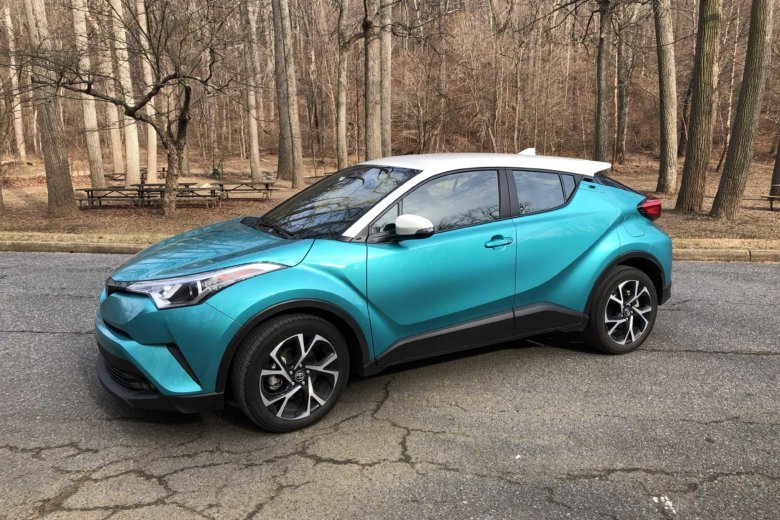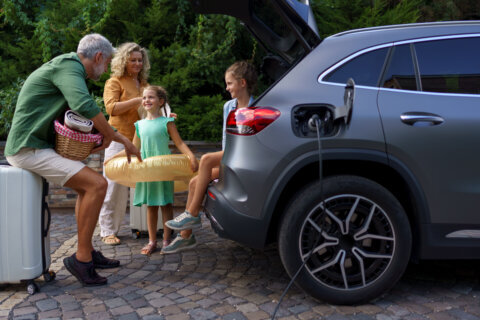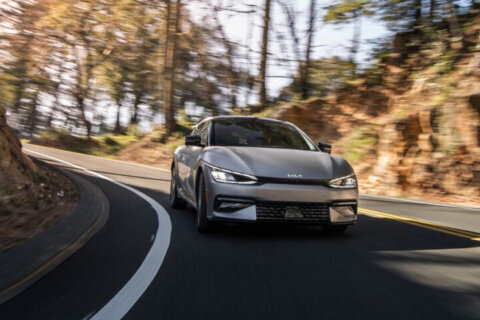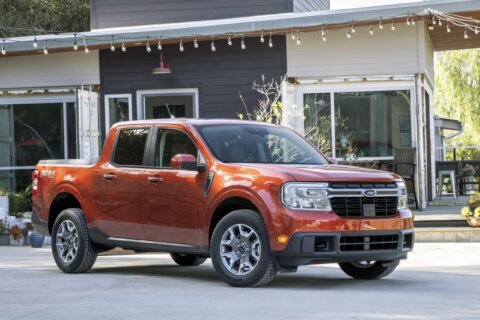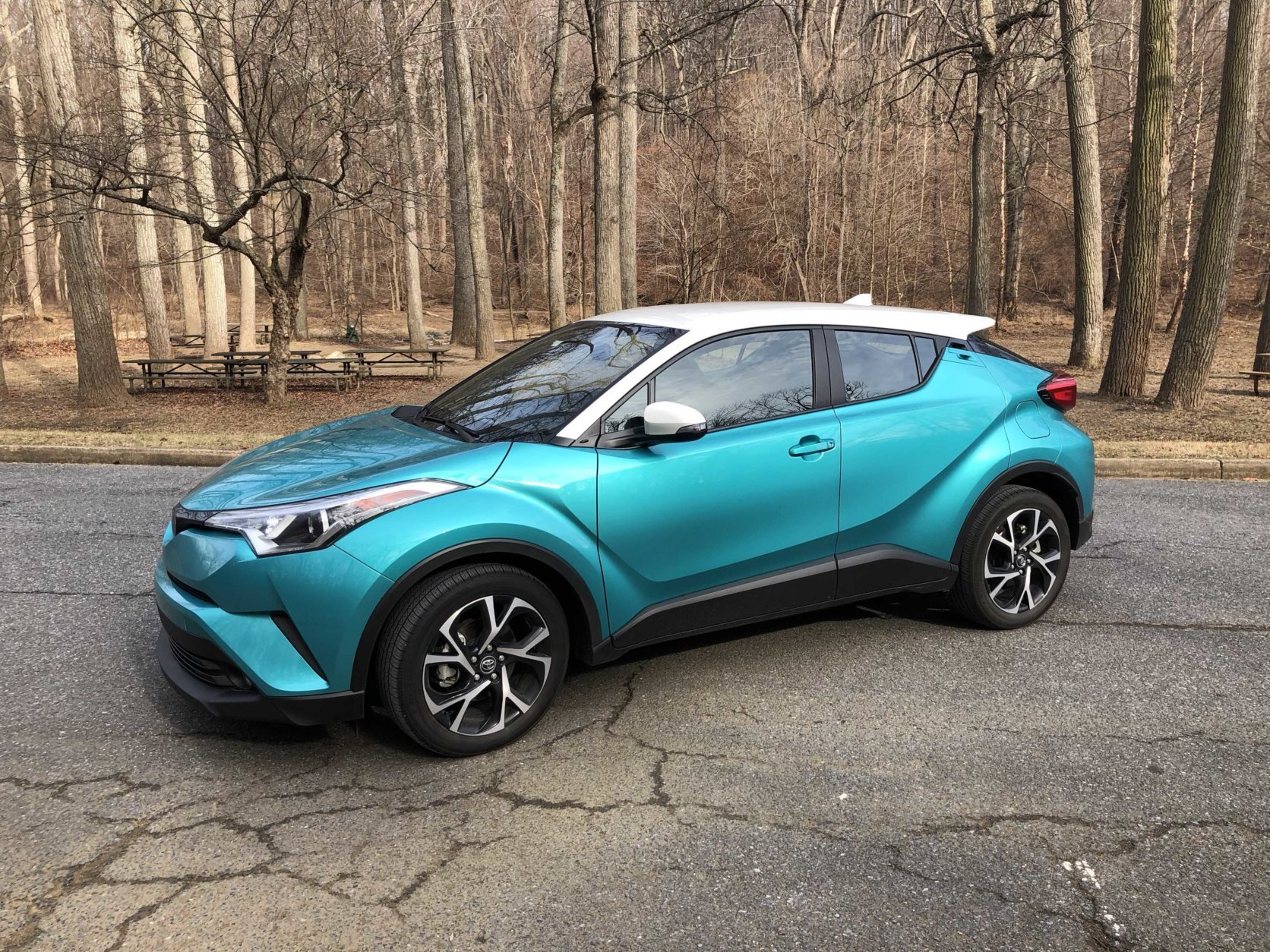
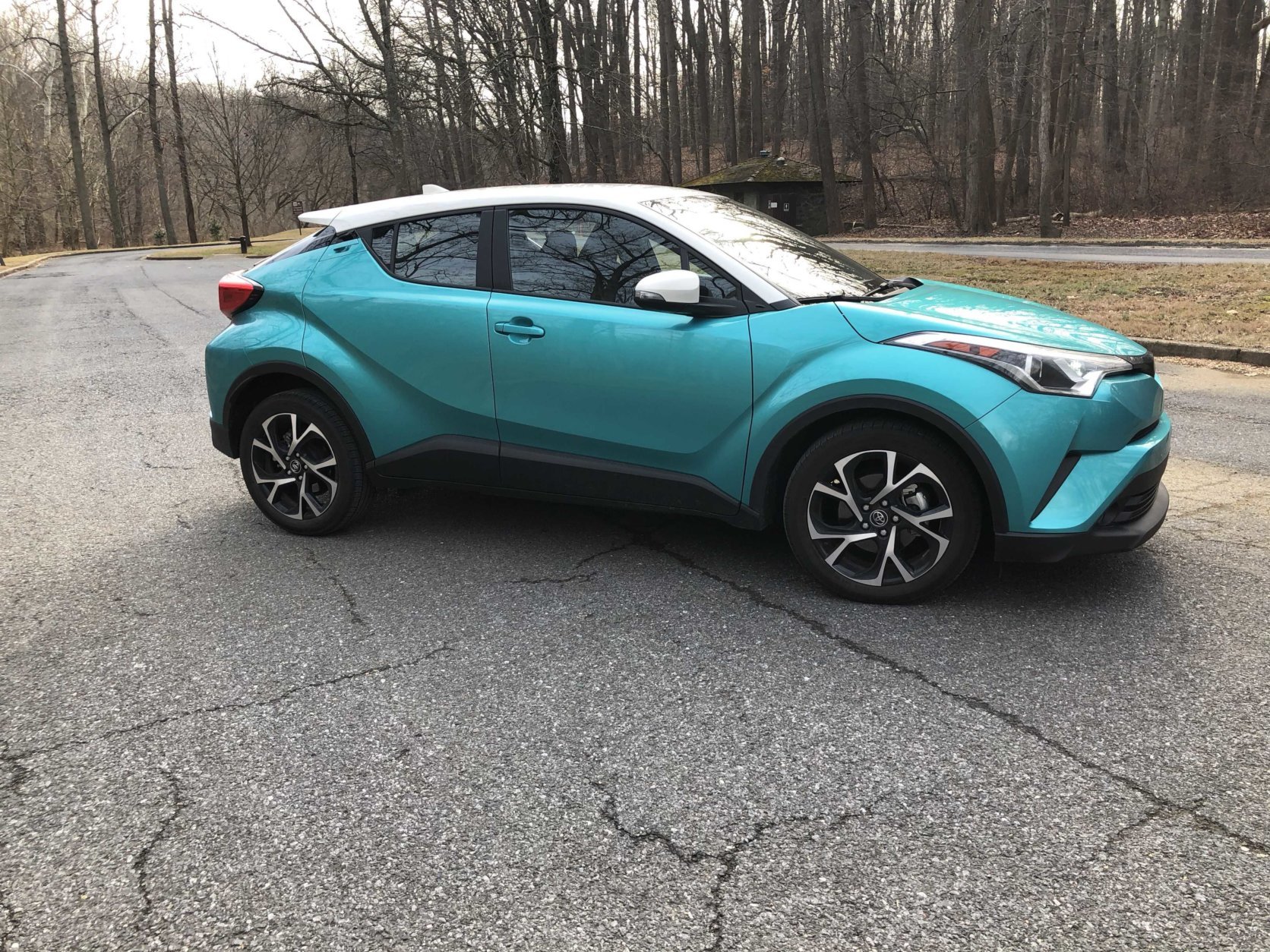

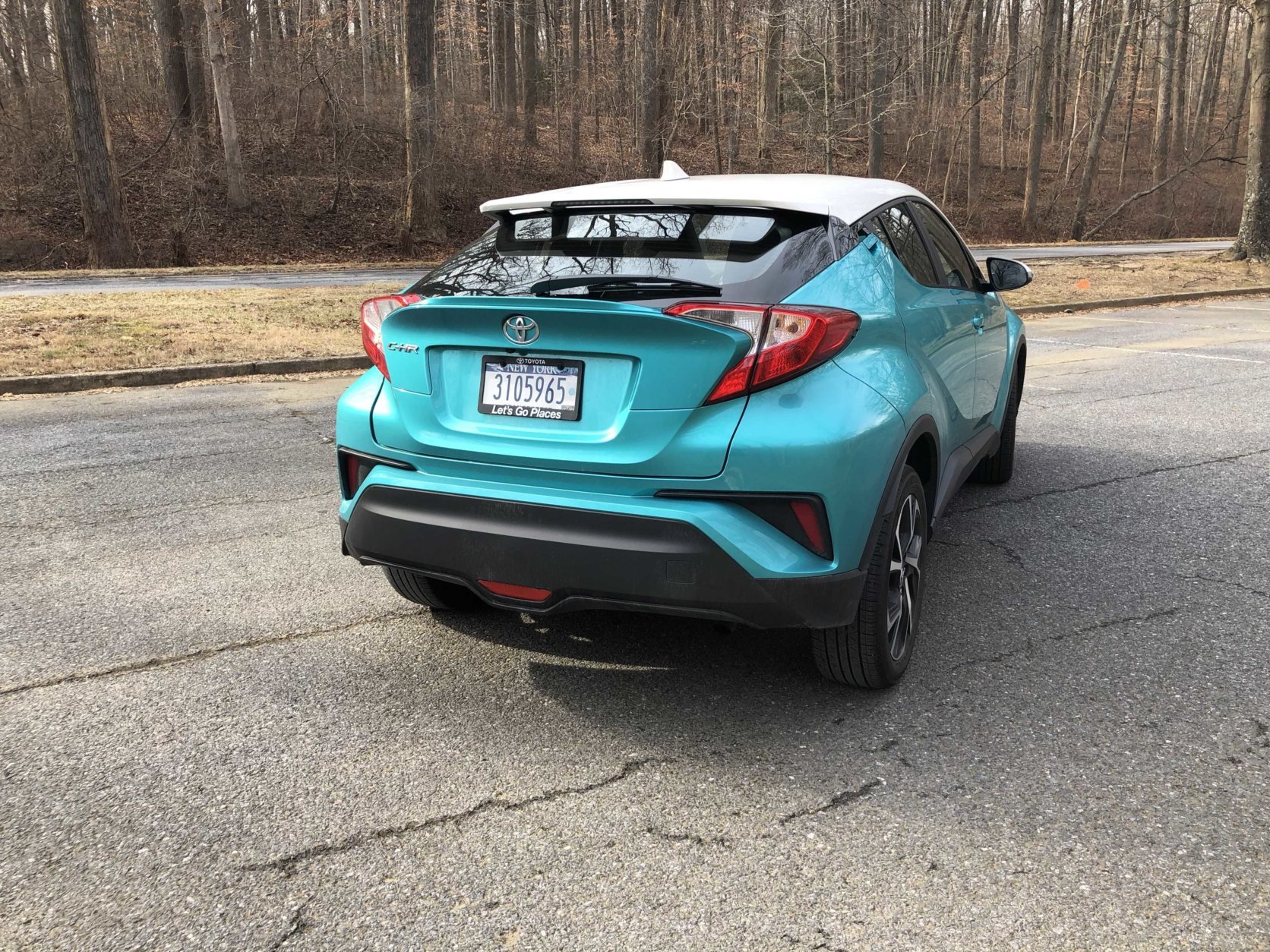
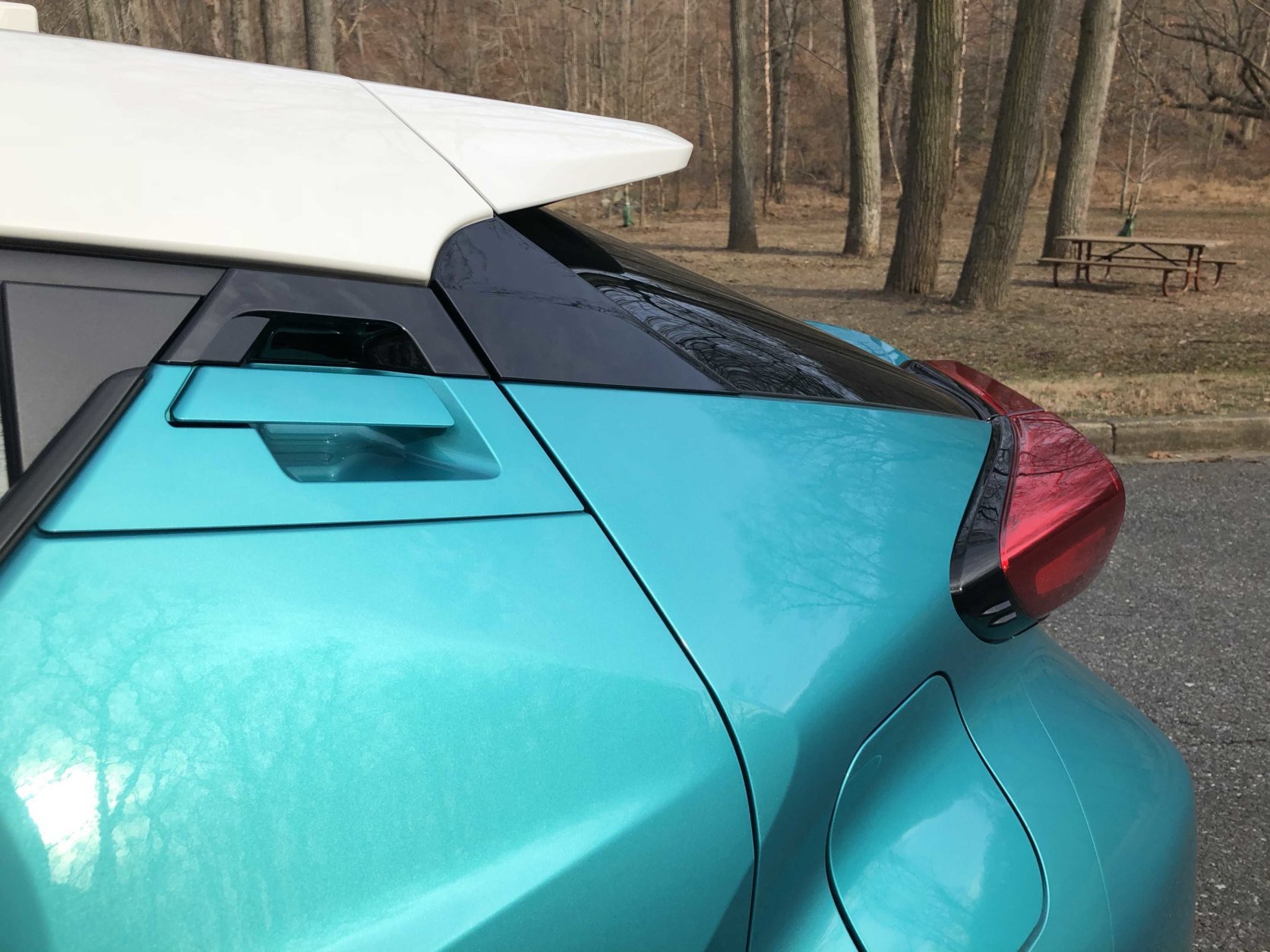
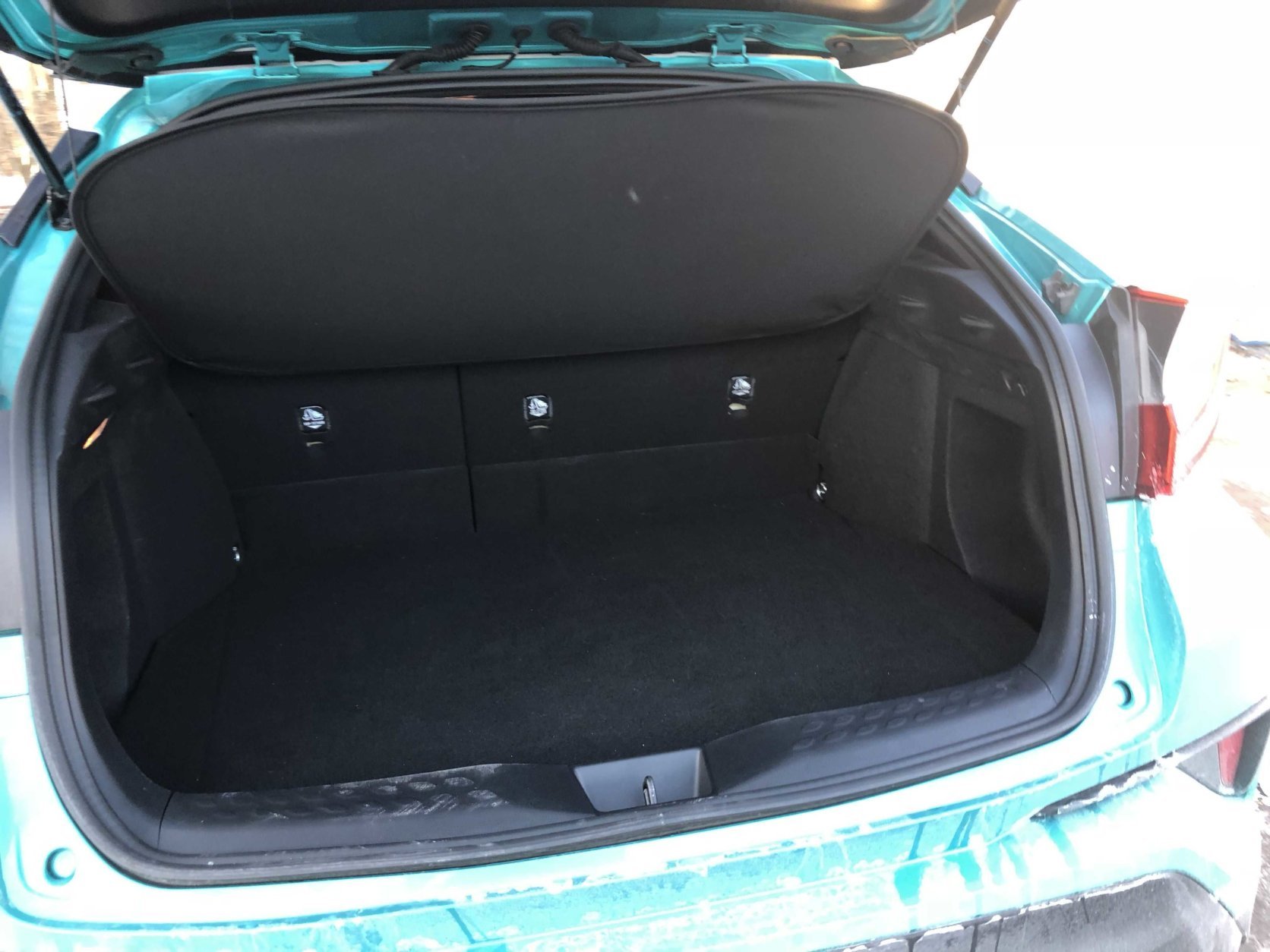
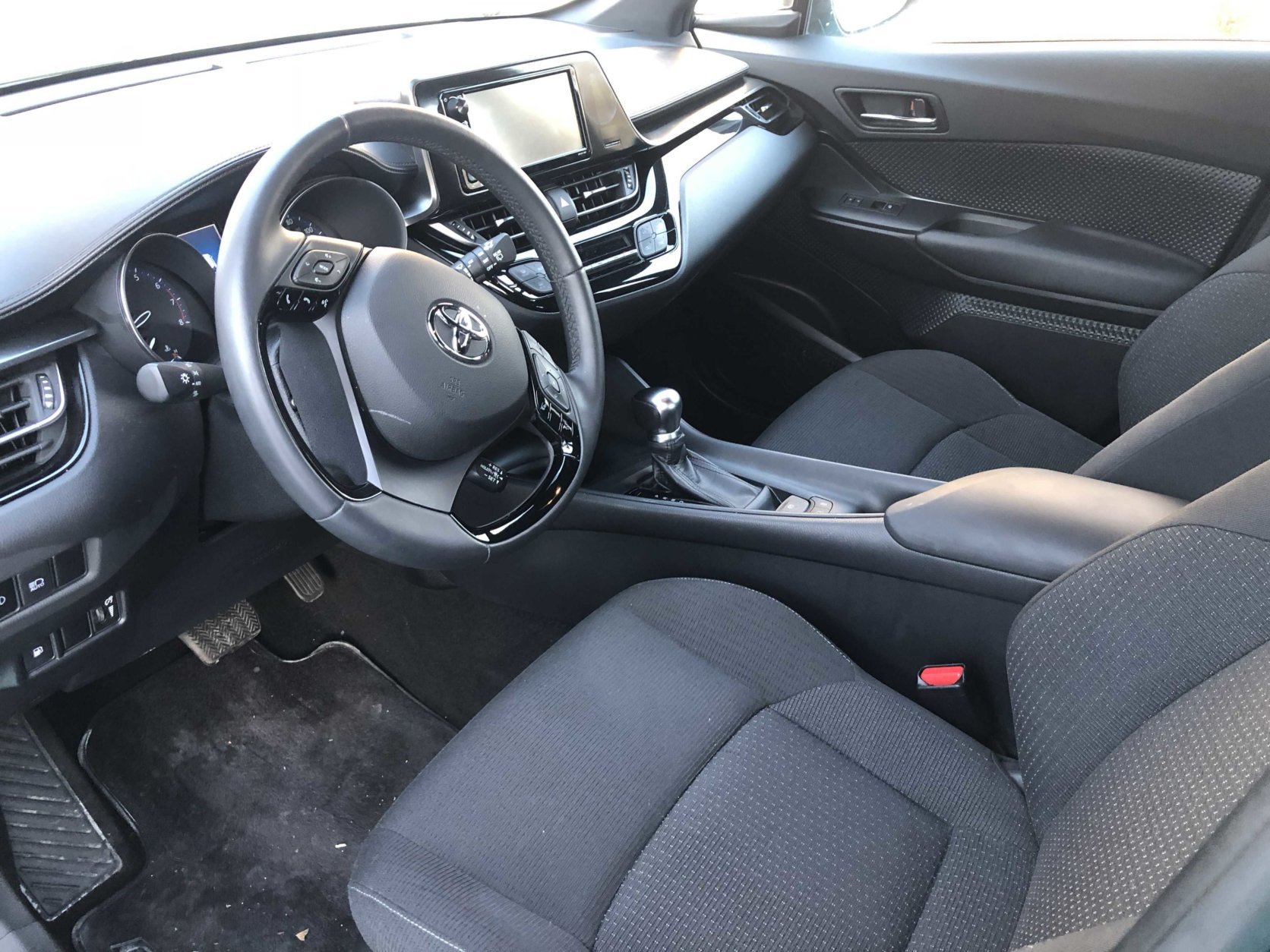

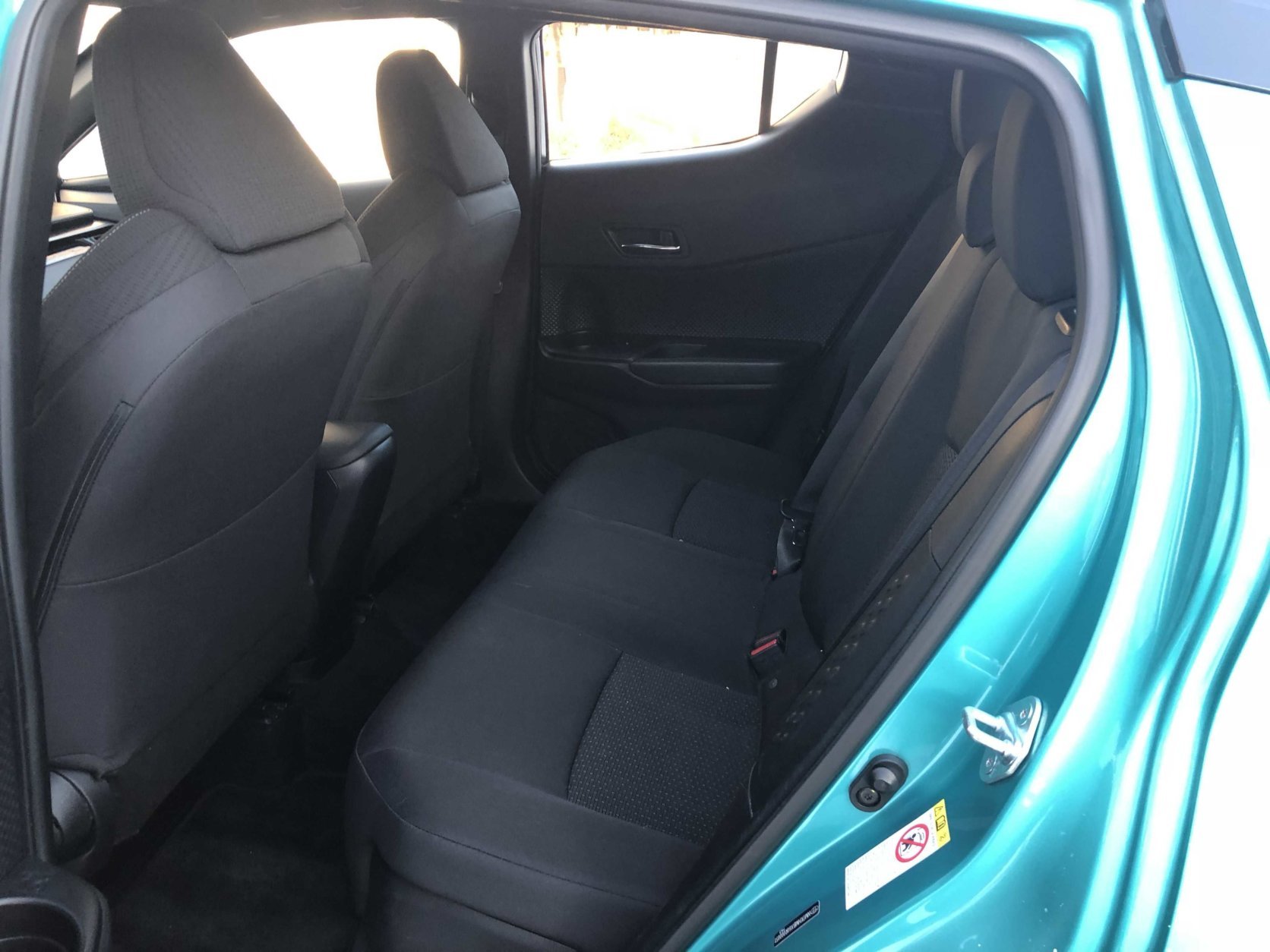





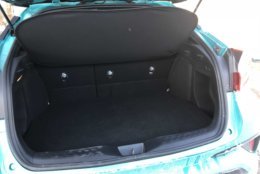
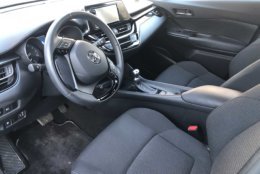
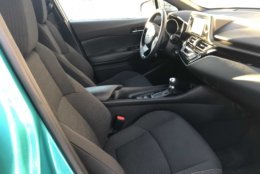
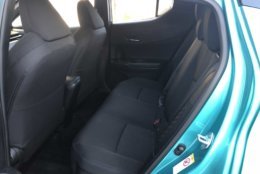
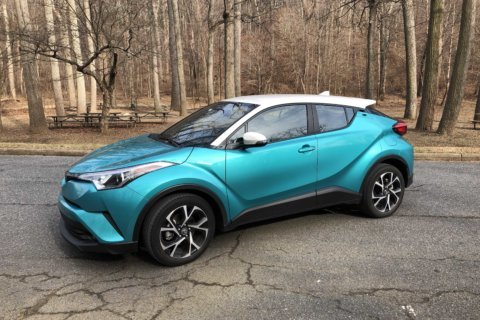
WASHINGTON — Little crossovers are big sellers these days, which is impressive considering the class was nearly nonexistent five years ago. Now manufacturers are racing to get in on the action. Toyota is a bit late to the game for the subcompact crossover market. So what did they do to stand out?
Toyota chose a stylish exterior to help set the C-HR apart from the crowd of small Utes. The C-HR looks sportier than the usual tall wagon that most of these small crossovers resemble. Flashy paint colors also make it stand out; some have a separate color for the roof. The model in the pictures with Radiant Green and white roof won’t be available for 2019 models, but there are still some 2018’s around.
The Toyota C-HR has a lot of angles and curves to the body. The front end is very expressive with swept back headlight clusters that seem to start in the middle of the front grill and ends toward the back of the hood. Looking at the side of the C-HR and, at first glance, it has the appearance of a two-door crossover. Look closer and you notice door handles high near the roof, not the most convenient placement for rear door handles. Large 18-inch wheels are part of the midrange XLE trim level and they are stylish alloy rims. From behind, the Toyota C-HR has swoopy styling with a rear spoiler and rear fins for better aerodynamics.
Inside is not as bright and cheerful as its outside. That cool look is hampered because there’s not enough glass. The colors used inside are also dark; a sunroof would help brighten it up some. Interior materials are good for the $24,215 XLE trim level price tag. The heated front seats are covered in Sport Fabric, which seems like a durable material. You can spend more for the next trim level up if you need leather.
Back seat riders have enough space. Some taller riders will wish for more headroom and maybe some more side glass. Cargo space is tight; likely the tightest in the subcompact crossover market. So don’t go overboard at the big box stores.
Though the C-HR is just a year old in 2019, you now have Apple CarPlay capability. The 7-inch touch screen is easy to use. There is a volume knob but switches for tuning the radio. Dual climate controls are easy to navigate with larger easy-to-use buttons that are well marked.
From the sporty look, you would expect a quicker-than-average crossover from the driver’s seat. But one stab of the gas pedal tells you that this is no rocket; ‘leisurely acceleration’ is the best way to describe it. It seems noisy on the highway between the hard acceleration and a good deal of wind noise. I drove a different C-HR that didn’t have the same wind noise as the test vehicle. Since it isn’t quick, I was hoping for good fuel economy but only managed 25.1 mpg for my week of driving. The sticker says 29 mpg.
The Toyota C-HR handles rather well for a small crossover and more like a car. The little Toyota handles city streets as well as twisty back roads with confidence, not something I can always say about smaller Toyota vehicles. There’s no AWD system available. Vision out of the C-HR is bit compromised especially toward the rear of the little Ute.
For the price, you get many features you don’t usually get in this class. The Toyota Safety Sense is standard with Pre-Collision System with Pedestrian Detection and Lane Departure Warning and Steering Assist. There is even Radar Cruise Control that will stop the car if the vehicle in front of you stops without you needing to touch the brake.
Toyota has jumped into the mini compact crossover market with a new stylish Ute that stands out. The new C-HR is also a value buy with many safety and convenience features at a lower-than-expected price.
Mike Parris is a member of the Washington Automotive Press Association. The vehicles are provided by DriveShop, FMI or Motus One for the purpose of this review.

